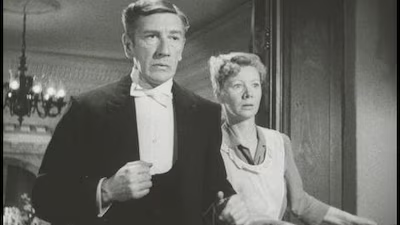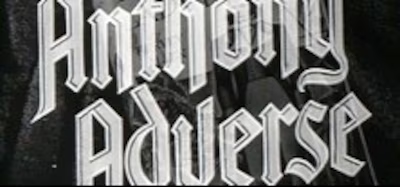Louis Hayward
About
Biography
Filmography
Family & Companions
Notes
He has received the Bronze Star for heroic feats as a Marine during World War II.
Biography
Suavely handsome, often tongue-in-cheek leading man of the 1930s and 40s who began his career with a provincial theater company in England. Hayward came to Hollywood in the mid-30s and quickly established a second-rank level of stardom which lasted until the mid-50s. He more than held his own in a wide variety of films; his light touch with cynical, witty banter suited him well in drawing room comedies and romantic dramas ("The Flame Within" 1935, "The Rage of Paris" 1938, "Dance Girl Dance" 1940), but he regularly appeared in detective films and adventures as well. Often cast as somewhat roguish playboys, Hayward played the leading role in Rene Clair's sterling adaptation of Agatha Christie's mystery "And Then There Were None" (1945) and was fine in dual roles James Whale's stylish version of "The Man in the Iron Mask" (1939).
The latter film prefigured the later contours of Hayward's film career, as his athletic, romantic dash led him to be cast in many medium-budgeted swashbucklers, four of which (including "Fortunes of Captain Blood" 1950 and "The Lady in the Iron Mask" 1952, recalling his earlier triumph) teamed him with Patricia Medina. Hayward was married for a time to Ida Lupino, with whom he co-starred in the Gothic melodrama "Ladies in Retirement" (1941).
Filmography
Director (Feature Film)
Cast (Feature Film)
Producer (Feature Film)
Cast (Special)
Cast (Short)
Misc. Crew (Short)
Life Events
1935
Appeared on Broadway and began his film career in Hollywood
Photo Collections
Videos
Movie Clip












Trailer






Companions

Bibliography
Notes
He has received the Bronze Star for heroic feats as a Marine during World War II.











